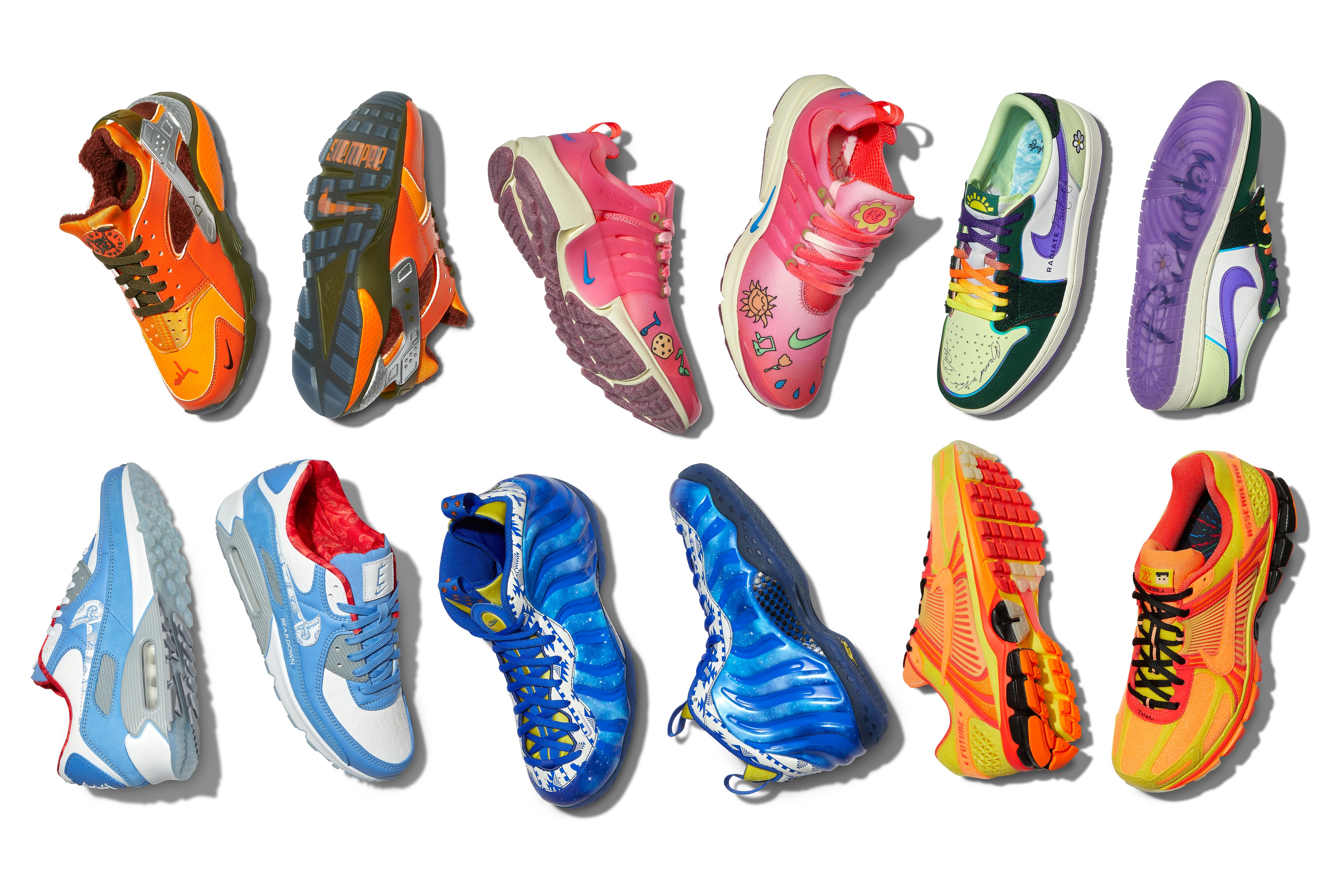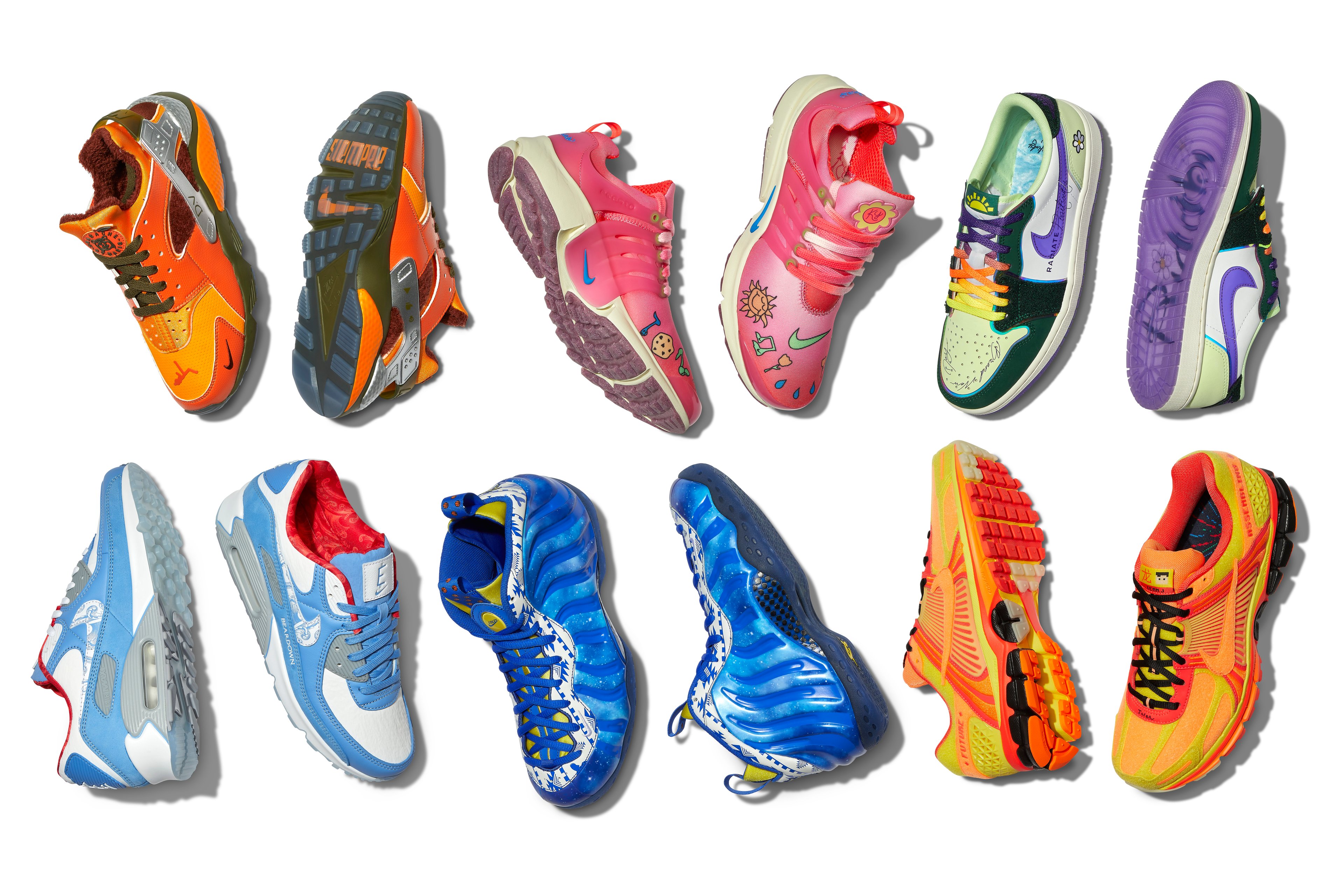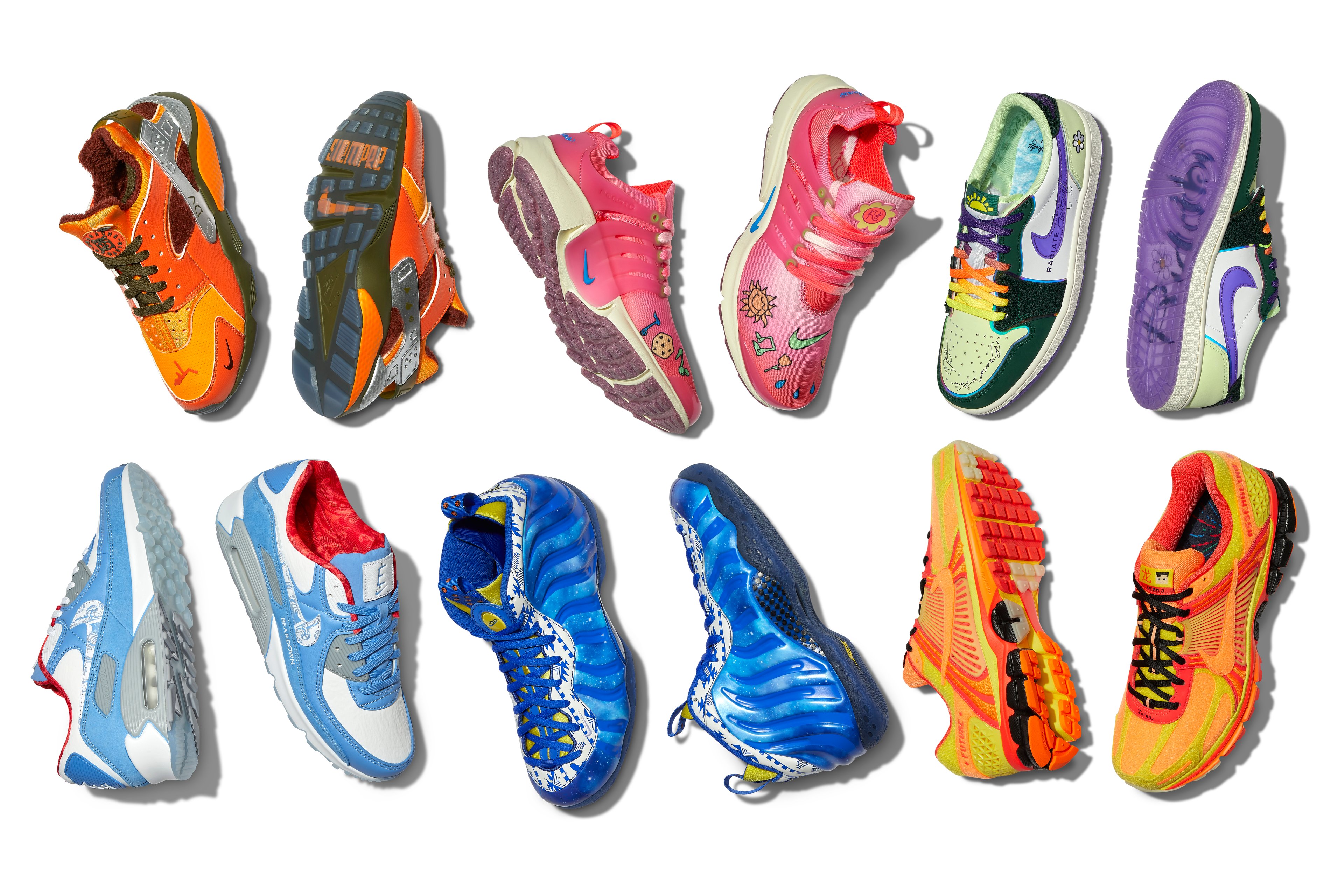To say that Nike (NKE 0.25%) has momentum heading into 2020 is an understatement. Based on incredibly strong demand for footwear, the swoosh has blown past analysts' earnings estimates the last two quarters. For Nike's fiscal second quarter, earnings jumped 35% year over year. That is way higher than the mid-teens growth outlook management gave during its investor day presentation a few years ago. The outperformance has pushed the stock to new highs, currently up 32% over the last year.
To some, the stock may look somewhat frothy. The shares fetch a premium of 30 times next year's earnings estimates. It's not valued as highly as lululemon athletica, but investors are obviously expecting a lot of growth from this industry veteran. Is Nike worth it?
During the recent conference call, management discussed some things that contributed to the company's strong financial performance recently. They didn't chalk up last quarter's robust earnings growth to a fluke. It's clear there are substantial adjustments being made behind the scenes that could allow Nike to continue outperforming its earnings growth outlook through fiscal 2023. If it can maintain earnings growth above the mid-teens, the stock could have more room to run in the year ahead.

Image source: Getty Images.
No need for heavy marketing spending with demand this strong
One of the things that boosted profits last quarter was lower marketing expense, or what Nike refers to as demand creation expense. This spending increased 1% year over year over the last two quarters combined. That allowed more gross profit, which increased 11% over the last two quarters, to pad profits. For the first half of fiscal 2020 (which ends in May), pre-tax income was up 24% year over year, while revenue increased just 9%.
The Tokyo 2020 Summer Olympics and other world sporting events are on the horizon this year, so Nike will ramp its marketing back up in the second half of the year. But there is such strong demand for Nike footwear and apparel right now -- management referenced the last quarter as "an incredibly strong pull market" -- that Nike was able to post solid revenue growth while not having to increase marketing much at all.
Nike has been leveraging its demand creation expense to fuel earnings growth for a while now, and this could be a source of further profit margin improvement through 2020 and beyond. The main reason Nike can do this is through its innovation, giving customers more choices and styles, which creates more demand.
Innovation is Nike's best marketing
On the innovation front, management is also outperforming its long-term outlook. Two years ago, management said they would double the percentage of revenue that is driven by newly introduced products. Nike has actually tripled that percentage. As an example, management said its top three growth drivers in the fiscal second quarter for the Air Max footwear platform were all introduced in the last year.
Management calls innovation its best competitive advantage, but you could also say innovation is Nike's best marketing. CEO Mark Parker said during the call that their innovation initiatives are "creating a continuous cycle of scalable, distinct platforms." This is corporate jargon that can be translated this way: We have some sneakers that are considered classic and are in high demand, and we can save costs and increase margins over time by introducing new colorways and designs within those core sneaker styles.
An example of this is what Nike has done with its React cushioning system designed for runners. The designers take a performance cushion and apply it to a lifestyle sneaker like the Air Max. Nike creates additional demand by improvising on this popular sneaker style with a funky new colorway and applying the React cushioning technology for the sole, like the recent Air Max 270 React Engineered sneaker seen here.

Nike Air Max 270 React Engineered. Image source: Nike.
Improving returns through smart capital allocation
Nike is also delivering high earnings growth through smart capital allocation. Management sold the Hurley brand recently, a non-core sales category that will provide more resources to invest in the products that will drive long-term growth.
Nike is also enhancing its inventory management. It acquired Celect last year, which will allow management to better determine how much of a certain style, color, and size it needs to make based on demand. Other investments in things like Nike Fit should reduce online returns by giving customers more confidence that they are ordering the right size.
The digital sales channel, including Nike.com and the SNKRS app, could also drive higher-margin sales. Nike's acquisition of Zodiac allows management to evaluate which new offering in digital channels affects customer engagement and the lifetime value of that customer. This should ultimately lead to greater member retention and repeat buying.
Taken all together, these investments should lead to several benefits, including limiting discounts, driving higher full-price sales of products, and lowering the amount of time that products sit in the warehouse.
This veteran player has fresh legs
To sum up, Nike can deliver robust earnings growth by continuing to execute with innovation, keeping marketing expense down (outside of the expected increase for the Olympics), and improvements to inventory management and digital capabilities to drive higher sales and customer engagement with the brand.
Two years ago, Nike guided for an annual improvement to gross margin of 50 basis points per year through fiscal 2023. Over the last two quarters, management is outperforming that target. Gross margin is up 90 basis points year over year, and that's with the effect of tariffs on Chinese imports cutting 40 to 50 basis points out of gross margin in the last quarter.
Nothing is guaranteed, but if management continues to execute what it's already doing so well, there's a good chance Nike will continue to beat its long-term outlook of mid-teens earnings growth. That's why at a forward PE of about 30, Nike is a growth stock with room to run.






